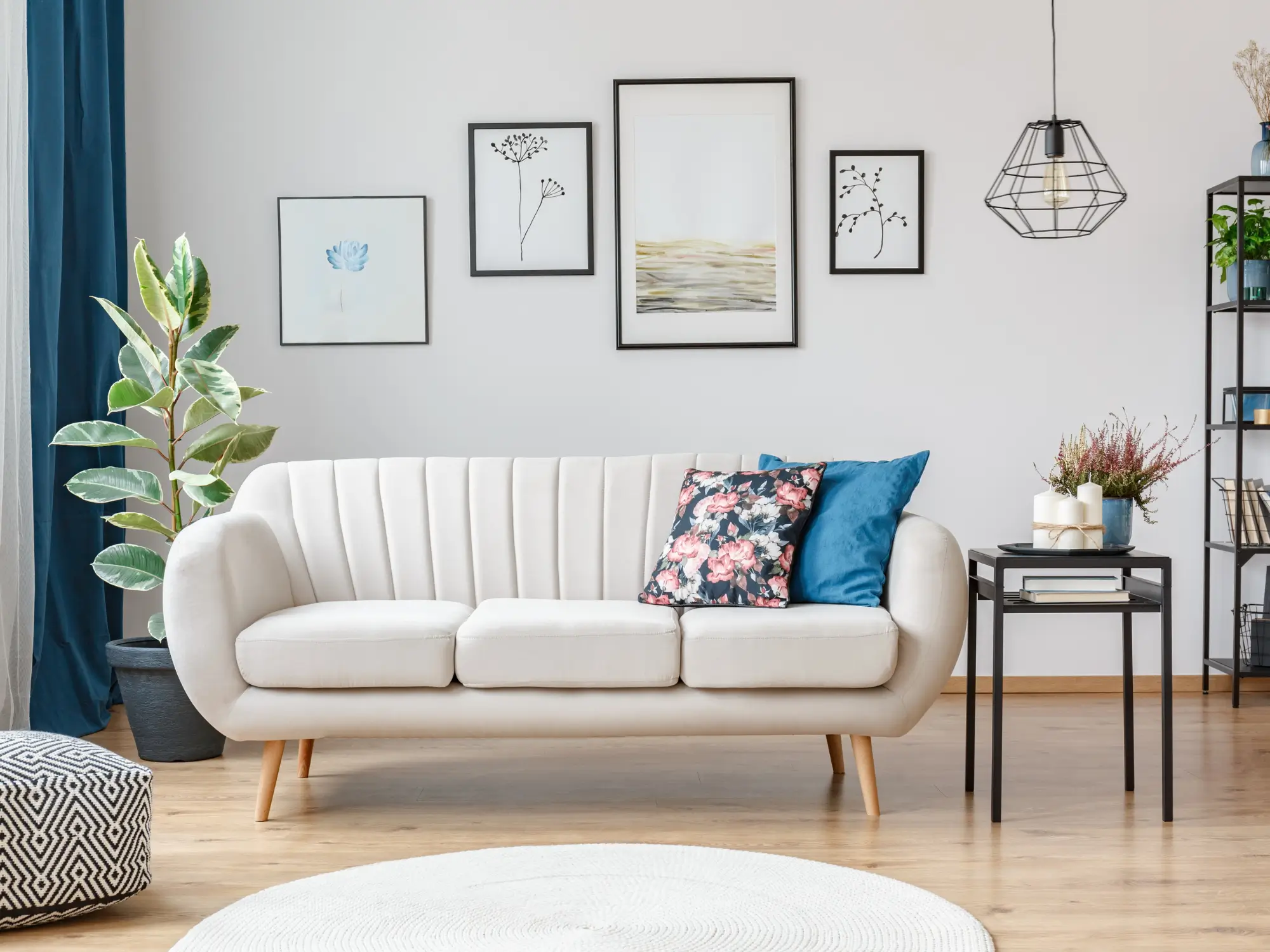Painting the exterior of your home is more than just a cosmetic upgrade—it protects your walls from the elements and enhances curb appeal. But before you pick up a brush or roller, it’s essential to plan the job correctly. Many UK homeowners unknowingly make basic mistakes that lead to peeling, patchy, or short-lived paint finishes. Whether you’re doing it yourself or hiring a pro, steering clear of these common pitfalls can save you time, money, and frustration. Here’s a breakdown of the top five mistakes to avoid when painting exterior walls, especially in the ever-changing UK climate.
1. Skipping Surface Preparation
One of the biggest mistakes people make is rushing into painting without preparing the surface properly. No matter how high-quality your paint is, it won’t stick to dirt, grease, mold, or flaking old paint. Skipping this crucial step leads to poor adhesion and a finish that won’t last.
Before painting, thoroughly clean the walls using a pressure washer or a stiff brush and mild detergent. Scrape off any loose paint and fill cracks with exterior-grade filler. Sand rough patches and ensure the surface is dry before applying any primer or paint. Nevis Paints always recommends proper surface prep to help their paints perform at their best, ensuring long-lasting results.
2. Choosing the Wrong Paint for UK Weather
The UK’s unpredictable weather is a challenge in itself. Using the wrong type of exterior paint can result in premature cracking, fading, or moisture damage. Not all paints are made equal—some aren’t formulated to withstand the constant moisture, rain, and frost the UK climate brings.
Always opt for paints specifically designed for exterior use in damp or fluctuating temperatures. Nevis Paints offers weather-resistant solutions engineered for the UK’s environment, protecting your walls year-round while delivering a rich and durable finish. Investing in the right product will save you from repainting too soon.
3. Painting in the Wrong Conditions
Temperature and humidity can make or break your painting project. A lot of homeowners don’t consider the weather conditions on the day of application—and that’s a big mistake.
Avoid painting on extremely hot, cold, or humid days. In the UK, it’s best to paint on mild, dry days when temperatures range between 10°C to 25°C. Painting in direct sunlight or when rain is on the horizon can cause the paint to dry too quickly or not adhere properly. To get the most out of products from Nevis Paints, always follow the manufacturer’s recommendations for ideal application conditions.
4. Neglecting Primer
Think primer is optional? Think again. One of the most overlooked steps in exterior painting is skipping primer—especially on porous or patched surfaces. Primer not only helps paint stick better but also seals the surface and creates a uniform base for colour.
If you’re painting over bare masonry, old paint, or a repaired area, primer is essential. It helps your topcoat go on smoother and last longer. Many of Nevis Paints’ exterior products are part of a complete system that includes high-adhesion primers formulated to work in tandem with their topcoats for optimal performance.
5. Applying Paint Too Thin or Too Thick
How you apply paint is just as important as the type of paint you choose. Applying a coat that’s too thin can result in patchy, uneven coverage and poor surface protection. It often leads to the original material showing through, which means additional coats will be needed—ultimately wasting both time and product. On the other hand, applying paint too thickly can be just as problematic. Thick coats tend to drip, sag, or pool, and may not dry evenly. As the paint cures, these overly heavy layers can crack, blister, or peel, especially if the underlying surface wasn’t properly prepared.
To avoid these issues, always aim for a smooth, even application. Two thin coats are far more effective and durable than one heavy one. Don’t overload your brush or roller, and make sure to apply the paint in long, steady strokes, working in manageable sections. Most importantly, allow each coat to dry completely before adding the next. This step is vital in the often damp and cool UK climate, where extended drying times are common. Rushing the process or trying to cut corners can significantly reduce the quality and longevity of your finish, leading to premature wear and costly repairs.
Final Thoughts
Painting your home’s exterior is a worthwhile investment, but it demands attention to detail. From surface prep to weather timing, the right decisions will ensure your project lasts for years. By avoiding these five common mistakes, you’ll achieve a beautiful and durable finish that truly enhances your home.
For long-lasting, weather-resistant, and vibrant exterior finishes, trust the expertise and quality of Nevis Paints. Whether you’re a DIY enthusiast or hiring a professional, Nevis Paints offers the perfect solution to make your exterior painting job a lasting success.



